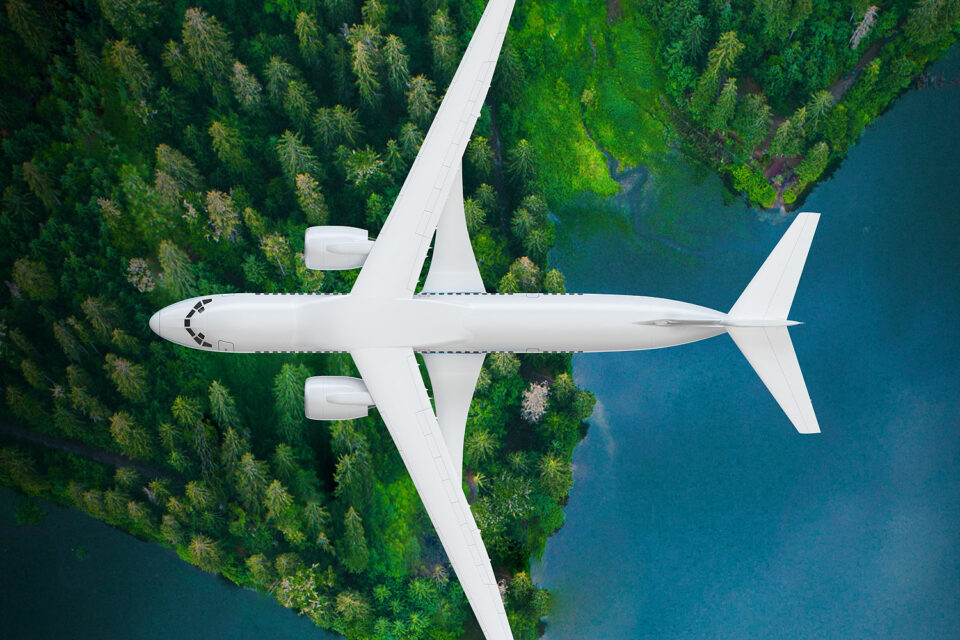The US hope of putting a single-aisle commercial jet on the market capable of saving up to 30% of fuel already has its own designation, X-66A.
The codename was provided by the US Air Force for the Sustainable Flight Demonstrator that Boeing and NASA are developing using the Transonic Truss-Braced Wing concept.
The configuration aims to replace the current low wings with wings with an extremely thin and long profile, capable of reducing aerodynamic drag to an unprecedented level.
Most popular posts
[wpp range=’last24hours’ wpp thumbnail_width=100 thumbnail_height=75 limit=3 stats_views=0 order_by=’views’]
Due to its enormous wingspan, this configuration needs diagonal struts that also contribute to the aerodynamics of the aircraft.
The high bypass engines are installed close to the root of the high wing, which provides space that currently does not exist in aircraft such as the Boeing 737 or Airbus A320.

MD-90
To evaluate the concept, Boeing and NASA will build a prototype that uses the shortened fuselage of an MD-90. The manufacturer itself had already signaled this possibility in previous computer projections that showed the tail of the old jet created by McDonnell Douglas.
“The X-66A will help shape the future of aviation, a new era where aircraft are greener, cleaner, and quieter, and create new possibilities for the flying public and American industry alike,” said NASA Administrator Bill Nelson.
The conceptual aircraft development program will last seven years and will consume US$750 million, US$450 million of which will come from a NASA fund.

The prototype should fly in 2028 and then provide precious data to its partners towards the development of a commercial aircraft capable of meeting the environmental requirements of the coming decades.
For Boeing, the X-66A could serve as inspiration for a replacement for the 737, its most popular airliner. It is believed that the new family of jets should hit the market in the middle of the next decade.

